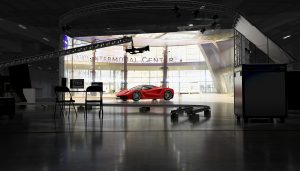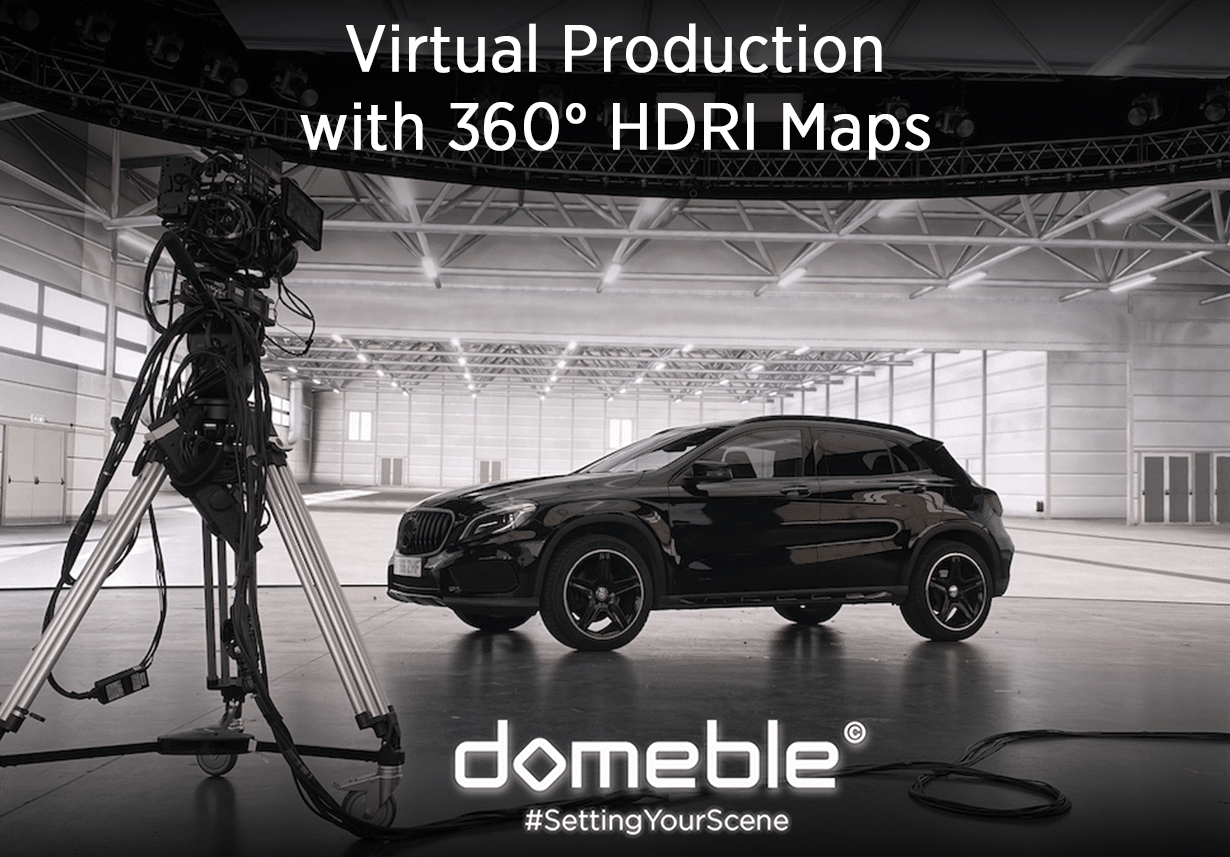A solution to this problem was needed and indeed was already in the making, but the industry was slow to adopt the solution as it was expensive and shunned by many, after being left with the need to work differently in a world that didn’t allow travel, and with minimal human interaction, the world of producing scenes shot in an LED volume was fast-tracked.


So what is an LED volume? – In simple terms, it’s a giant set of LED TV screens that provide a wrap-around scene that allows you to show backgrounds, locations, objects, or whatever you want – fundamentally its old school back projection techniques for the modern production world. The world was introduced to this process with many BTS films produced around the filming of Disney’s Mandalorian series, which was brilliantly executed by ILM.
This showed us all the filming process in a volume and how it allows for true world parallax using foreground elements, actors, and staged scenery in front of the volume that is camera tracked to a 3D scene that is being projected ( normally as an Unreal Engine scene). So how does the world of 360° HDRI maps fit into the process? The answer is very simple.
The very nature of the 360° format allows a full visual wrap-around of a scene that maximizes the scale of the LED volumes. This provides a multitude of scene choices in full true-world photography, with color management that allows for consistent lighting scenes. It also eliminates the usual crazy on-set rush to get the scene as the sun sets and affords a production to visit many locations all over the world in a single day.


Apart from the production advantages and production speed already highlighted, there are many more benefits that LED volume solutions bring to the table. The most obvious one is cost, you don’t need to be a mathematical genius to work out the savings harvested by not sending huge crews around the globe when they can all be in one studio and fast-track through many different scenes in a short period of time instead of a prolonged production schedule of travel.
It also offers enhanced realism using HDRI maps for accurate lighting and reflections, better collaboration between directors, cinematographers, and VFX creators, and on-set visualization to mention only a few. There is also ( in my view ) an even bigger improved human issue that sits in front of all these benefits, and that is the offsetting of carbon footprinting and the environmental benefits it brings to the planet. The reduction of travel by large-scale productions along with minimal set construction and a reduced location impact on the environment can only lead to a better world and a more sustainable future for the industry.
Get more information on Domeble’s 360° content for virtual production here






